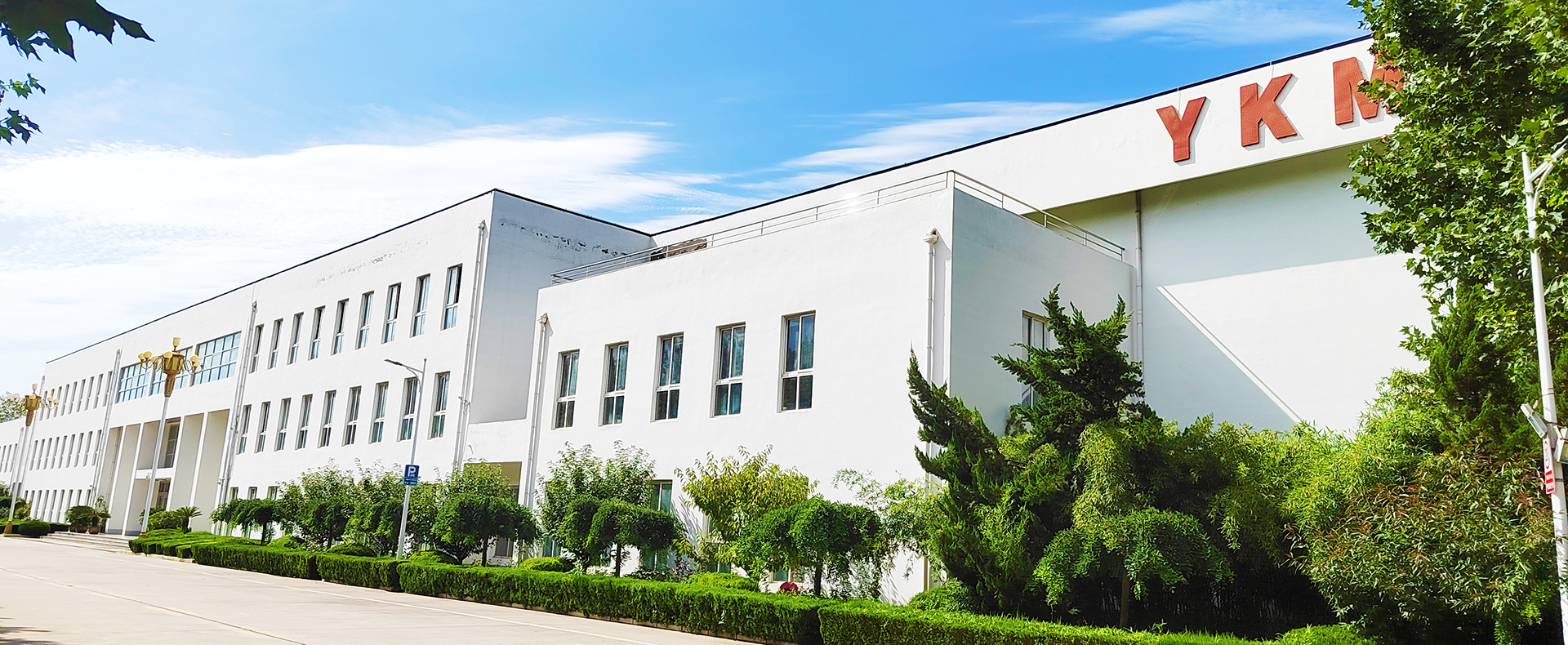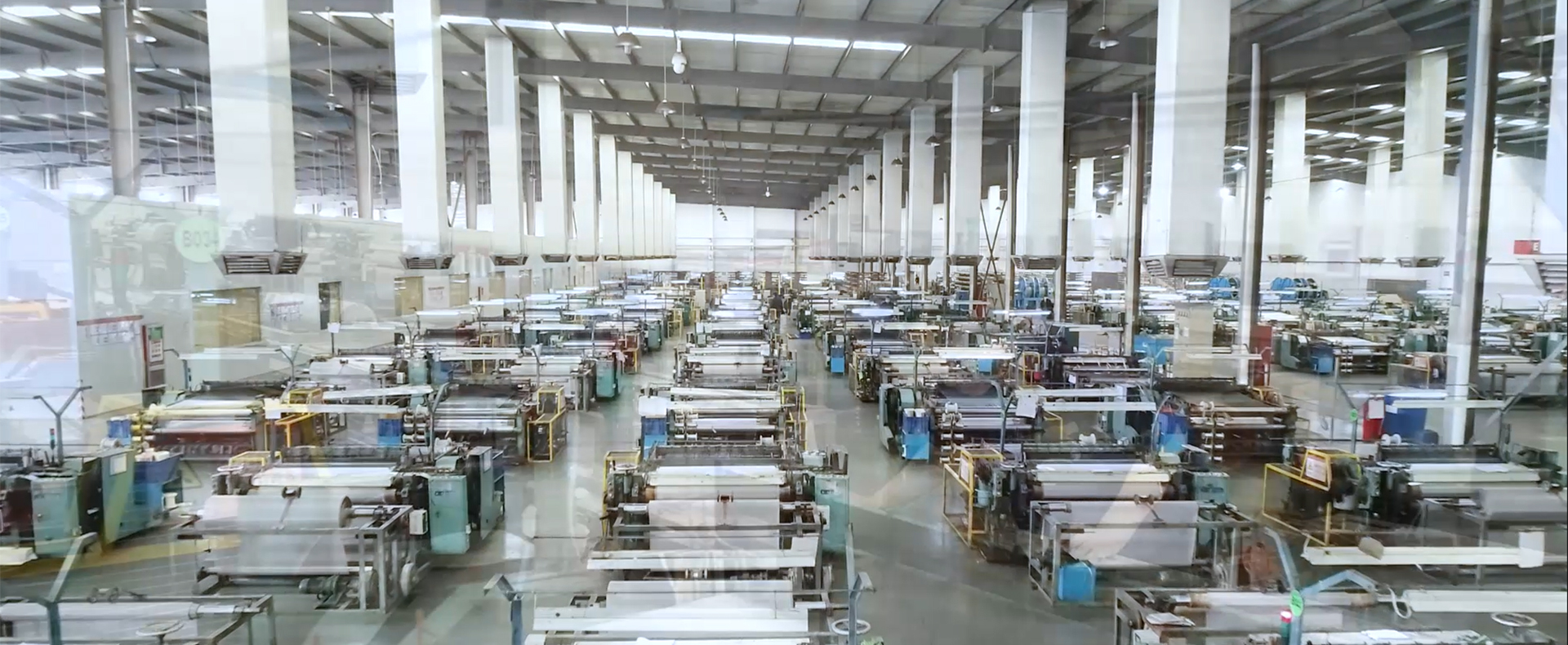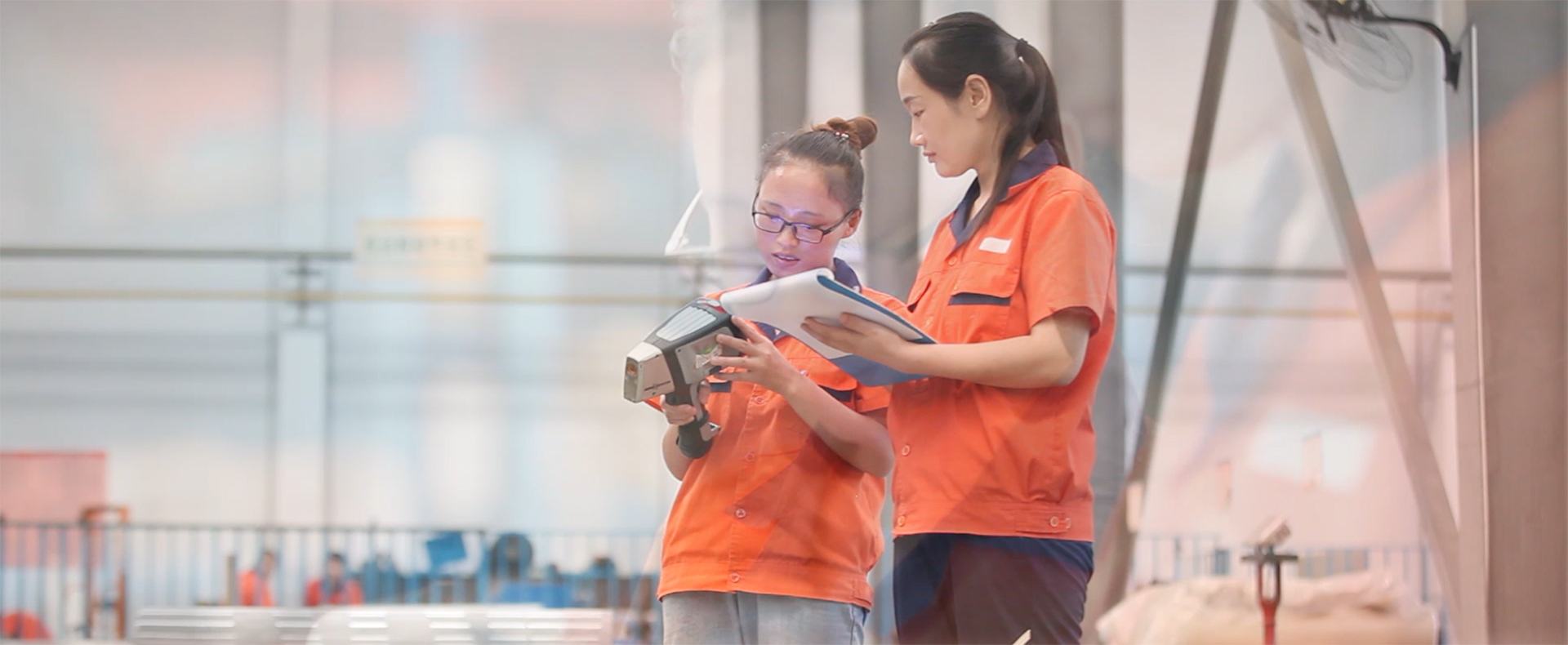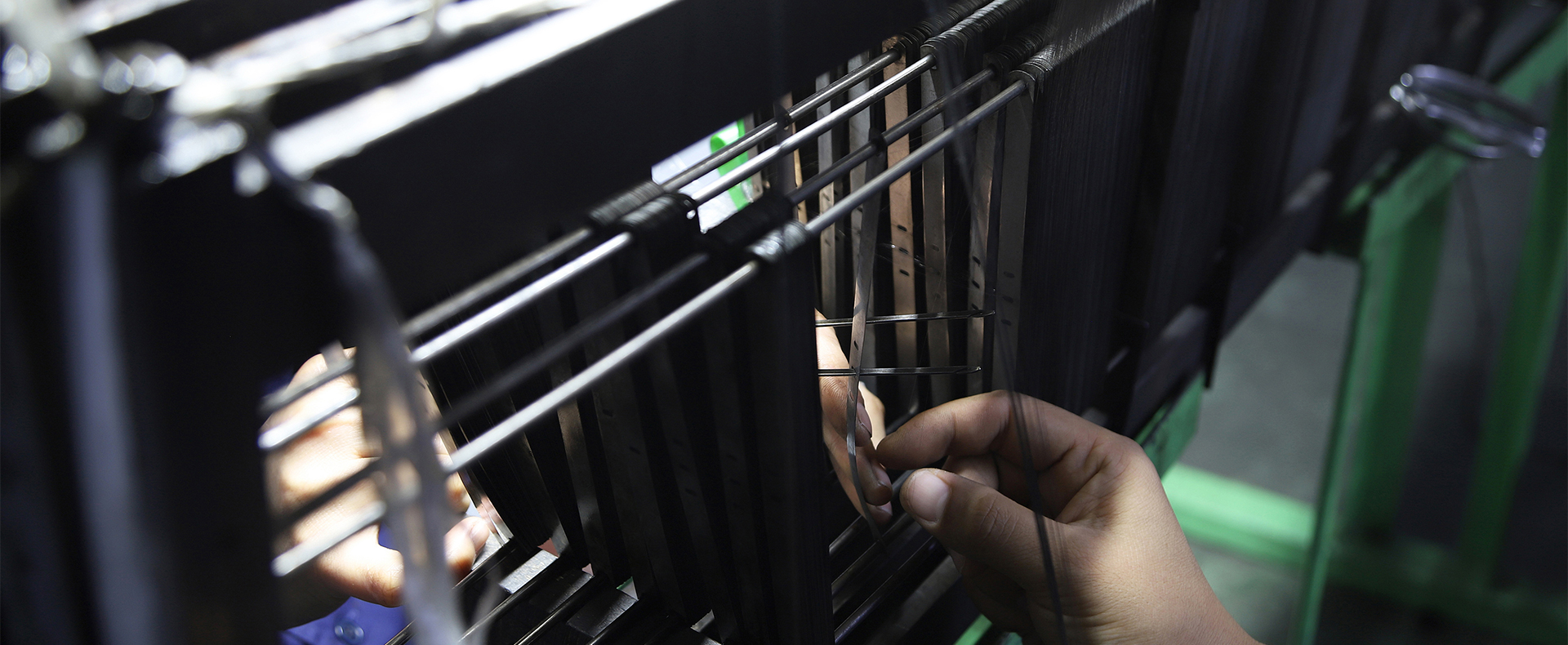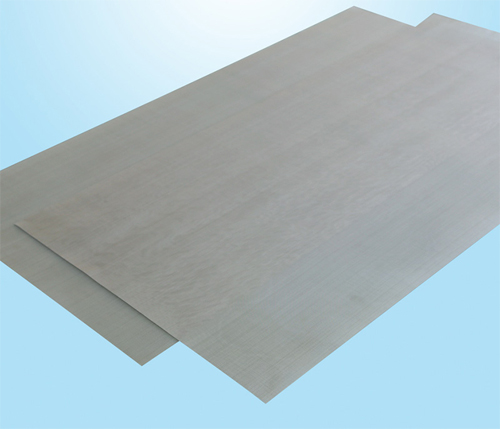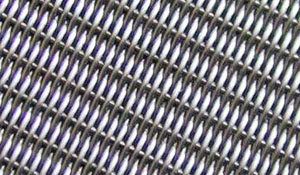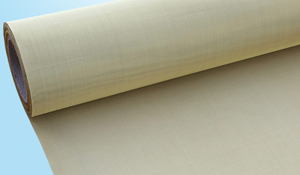3 Architectural Trends to Watch
Jan. 26, 2022
How do you want your architectural projects to look?
At the forefront of an ever-changing industry or just another face in the crowd?
With the New Year approaching, now is the perfect time to look ahead and examine some of the architectural trends that will take the world by storm.
1. Bold colors
Boldly colored metals will have a prominent place in architecture.
If you want eye-catching hues for your designs, YKM can help you achieve the results you've been dreaming of.
We powder coat a wide variety of products, including aluminum, stainless steel and mild steel. Powder coating is a durable and environmentally friendly technique that can be decorated with an almost infinite variety of colors.
By choosing this method over other painting methods, you get colors that stay vibrant longer, as well as the opportunity to choose from a variety of textures. Our epocy coatings can be smooth, matte, or even wrinkled. We will work closely with you to ensure that the color product delivered meets the exact specifications of your unique project.
2. Open Spaces
A second architectural trend to watch is the emphasis on the promise of open space.
However, this comes with an important caveat. Defining separate areas within expansive areas while maintaining a feeling of spaciousness is becoming the fad of fads.
Fortunately, there are a number of products that allow you to do just that.
Wire Mesh Curtains.
Wire mesh curtains are placed on the earth for the function of dividing sections, providing the perfect balance between privacy and inclusiveness. They are a sophisticated and durable option that can bring life to any large room. Best of all, they can be mounted on rails, which means they can be used or stored as needed.
Perforated metal.
A great way to make a space feel larger is to bring the outside in. Natural light and air can help make even the smallest and most stuffy spaces larger than they really are, making them more enjoyable places to live or work.
Perforated metal is a good choice here, and the Rock Group has used it to great effect on the exteriors of buildings such as Monash University's new teaching center. Here, a variety of perforated profiles allow students to work with a great view of the surrounding area while still providing privacy.
3. Environmentally friendly design
It is not surprising that environmental considerations will feature prominently in the building.
As the people responsible for designing the next generation of buildings, architects have the potential to have a significant impact on the cities of the future. But how? Well, let's start with some basic materials.
Aluminum
Aluminum is one of our favorite materials to work with.
There are many reasons for this: its impressive strength: weight ratio makes it great for floors, and its ductility means it can be easily molded to produce striking features.
However, aluminum also has green credentials, making it one of the top eco-friendly metals architects can use. They include.
1. Longevity: Aluminum naturally reacts with air to form an oxide layer that provides a natural barrier to the elements. This protects the metal underneath from corrosion, making it a sustainable solution for building exteriors.
2. Reusability: Aluminum is easy to recycle. In fact, according to the Australian Aluminum Council, up to 75% of all aluminum produced by humans is considered to be in use today. As recycling technology advances, this number is likely to only increase.
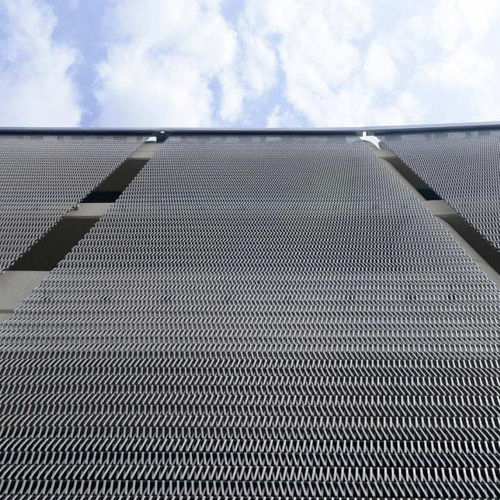
Stainless steel
It's more than just a pretty face - beyond the sleek and streamlined look of stainless steel, there are some impressive environmental qualities. The British Stainless Steel Association (BSSA) says that, like aluminum, stainless steel has a long life when properly cared for and can be 100% recycled.
Even when stainless steel itself reaches the end of its useful life, its components (nickel, chromium and molybdenum) are valuable and can be easily separated and recycled.







